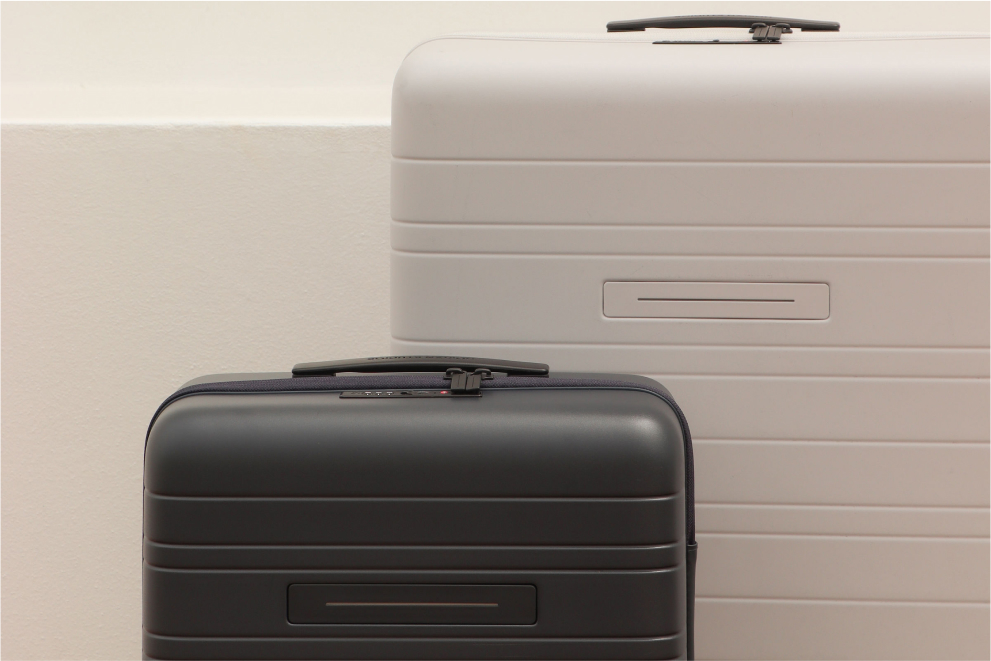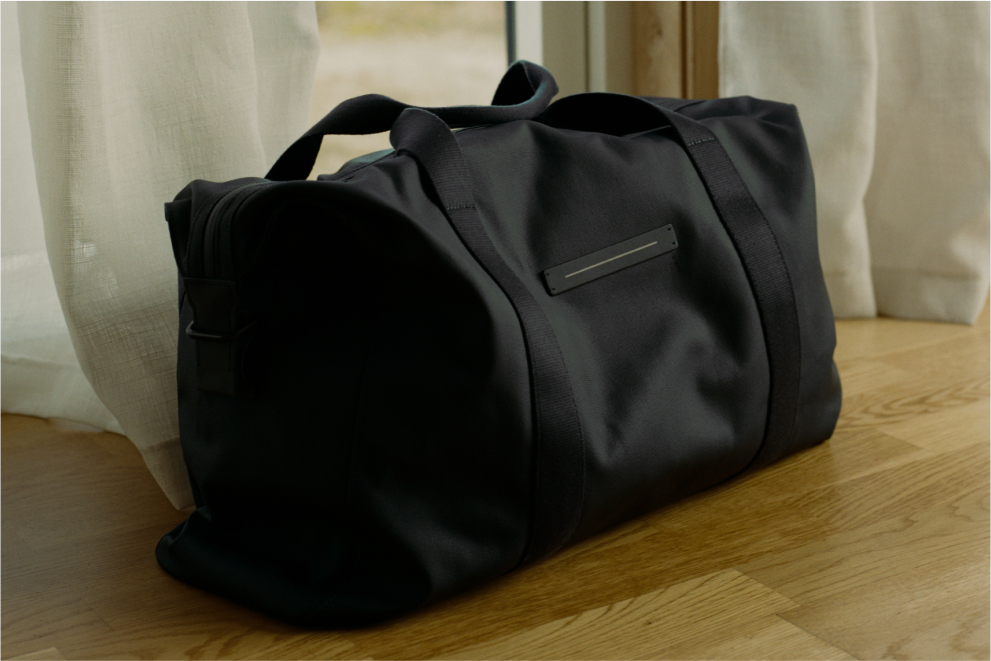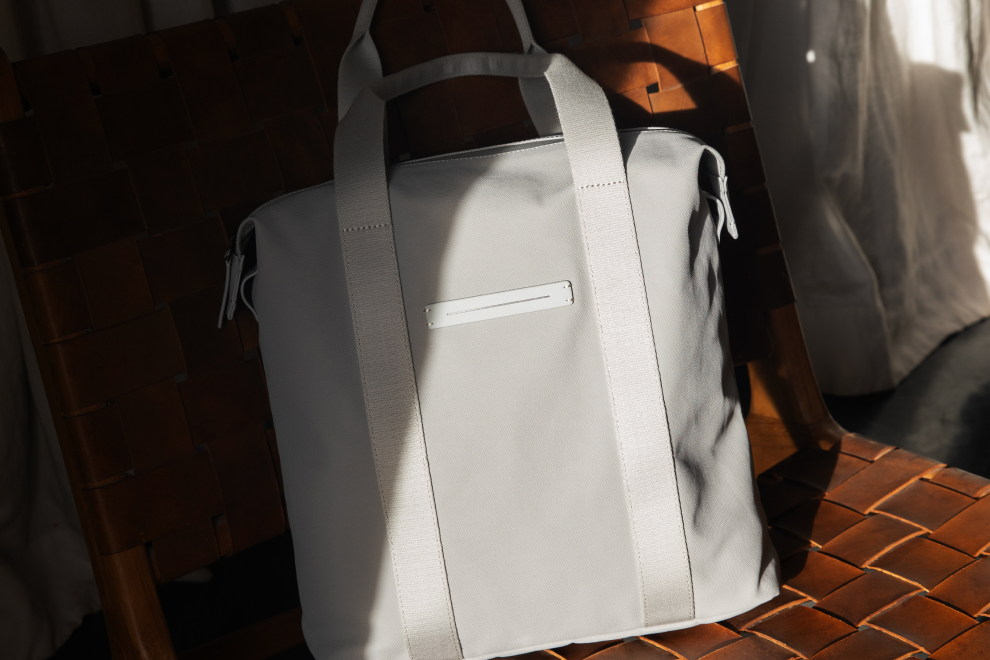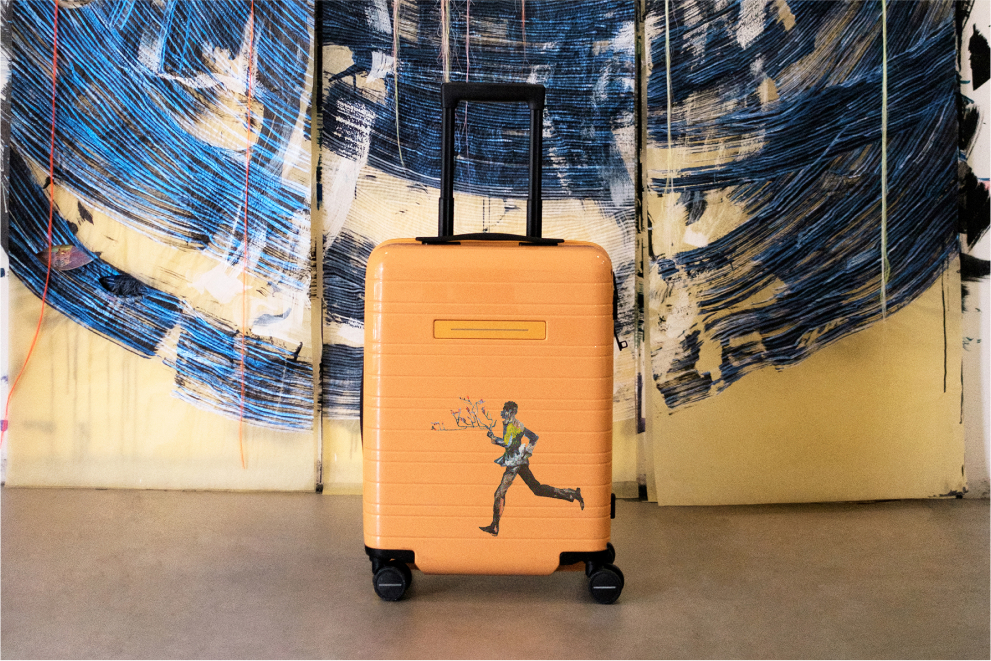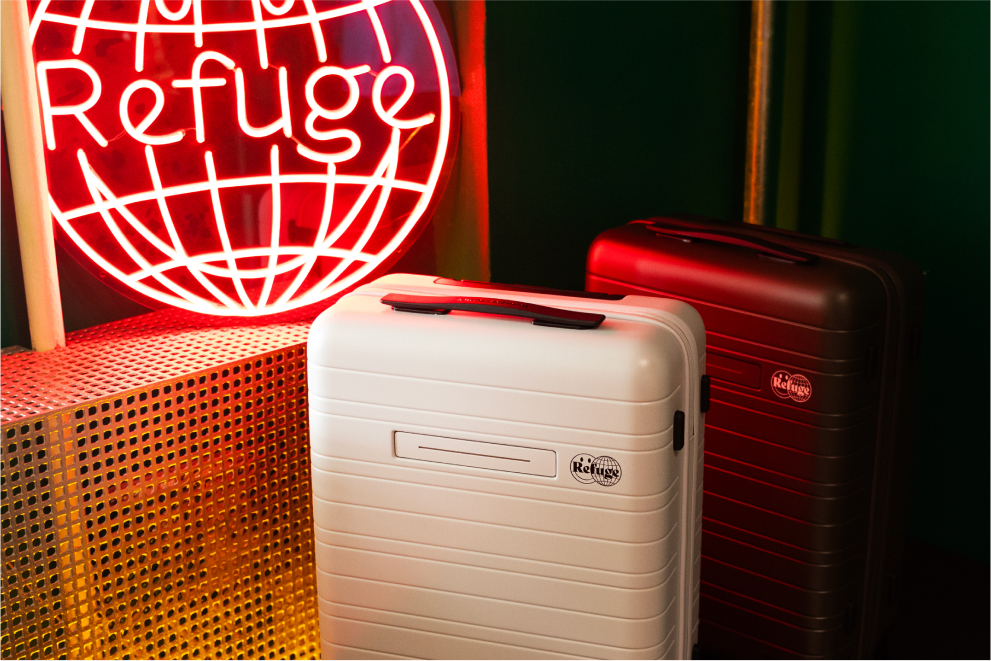Meet The Artist: Minia Biabiany
The first winner of the Horizn Biennial Award
Widening one’s horizon and discovering the unknown is what travel and art have in common. New perspectives, angles and ways of perceiving the world can emerge while interacting with an artwork. Cultural experiences also foster innovation and creativity, values that lie at the core of our daily philosophy. For these and many other reasons, Horizn Studios established a cultural support initiative: Horizn Art Programme. The Programme seeks to support young and upcoming talents from all over the world, and does so by giving out two artistic awards per year.
The first award – Horizn Biennial Award – is conceived together with a biennial organisation and supports one participating artist and their creation, presented in an international exhibition format. The second award – Horizn Discovery Award – invites a renowned artist to nominate three candidates. One of them is awarded a financial prize that helps to produce a specific artwork or to realise a project.
In 2018, we are partnering with the 10th Berlin Biennale for Contemporary Art and its director Gabriele Horn and curator Gabi Ngcobo for the Biennial Award, as well as the internationally renowned artist Rirkrit Tiravanija for the Discovery Award. As the Berlin Biennale opens today, we are thrilled to announce the first winner: Guadeloupean artist Minia Biabiany, whose work is presented at the Biennale, Akademie der Künste Hanseatenweg location, on view through 9 September 2018. Her work intertwines personal and global narratives and reflects on the topics of place, knowledge, tradition and crafts in the post-colonial contexts. We invite you to discover the work of Minia by visiting the Biennale, and reading our conversation with the artist below.
Minia, congratulations on your participation in this year’s Berlin Biennale and on winning the Horizn Biennial Award 2018. We are thrilled to support your project with the first edition of Horizn Biennial Award. What is so special about being part of the Berlin Biennale for you?
It allowed me to work on a long-term project – whilst receiving support and trust over the better part of a year – with a curatorial team, committed to giving value and visibility to non-eurocentristic points of view in art and the art scene today. It was a possibility to define and be seen in a specific context.
Can you describe your winning work “Toli Toli” briefly to us?
“Toli Toli” is a poem spread on walls, shadows and bodies. I used the metaphor of an old Creole song to talk about the Guadeloupean territory and its specificities. I imagined a hacked poetic dialogue between the land, the time and the lack of recognition for the voices addressing the current political situation.
Your work deals with local knowledge and cultural identity. Why are these topics so relevant in your eyes in our ever-globalised world?
In this globalised world and the capitalist way of life, we find ourselves in a paradox: the main feature that links us together is disconnection. Disconnection with the body, with rhythms that allow self-awareness, with our surroundings. Local knowledge does not necessarily mean craft or slow-making processes. It comes from the necessities that depend on where we are located; It talks about the plurality of imaginaries and the different possibilities to perceive history, people and territories. I am mainly interested in the narration and draw from stories that question our own perception. My work deals with the relations between space, language and the different realities found in (post)-colonial contexts.
How are concepts of movement, exploration and connectivity part of your artistic practice?
They allow for the building of the poetics of place. I consider the space in between elements of an artwork as important as the elements themselves. It is similar to archipelagic thinking or the idea of Relation by the philosopher Édouard Glissant. The spectator has to move through the space to activate their gaze and build their story by linking together the displayed elements. It’s both a mental and physical exploration.
Would you consider yourself a global citizen?
No, not really. I try to understand where I am and what are the fluctuant borders at the precise moment as much as I can. It encompasses intimacy, people, places, rules, etc… For me, the notion of globalness becomes interesting if you see it as an accumulation of particularities. I am a curious person, so I like to meet and share wherever I go. It’s actually a funny question for a Caribbean and French citizen.
Which journey do you have the strongest memories of?
The first memory that comes in my mind now is the first time I went backpacking in India. But it could also be my first moments in others countries like Mexico or Mali.
As someone with a multi-cultural background, what place in the world would you say most inspires your creativity/your artwork aside from your home?
Mexico because of the aperture, openness and ease in human relationships. The collective dynamics in art present in Mexico City were very nurturing for me.
